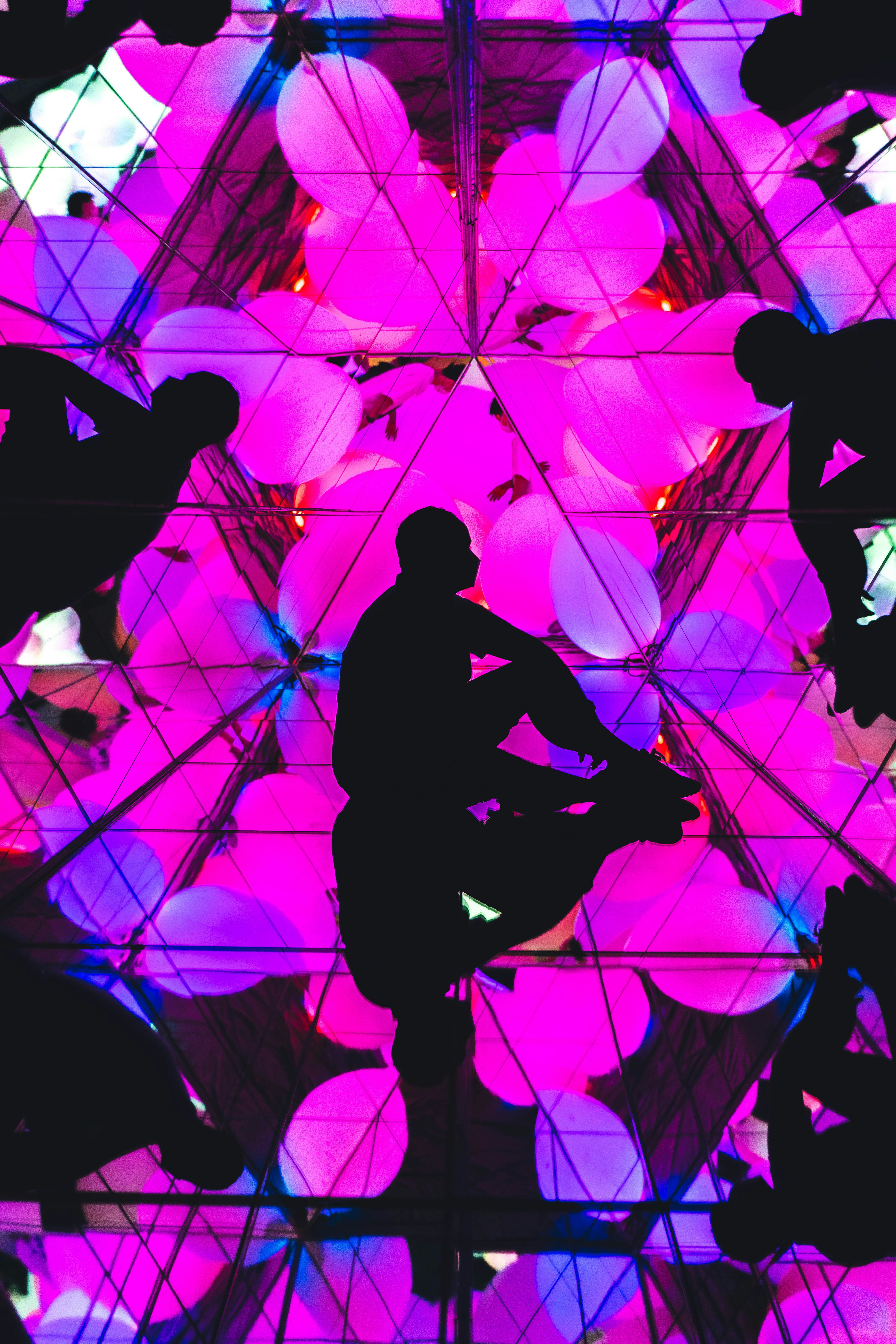Discovering the world of interactive exhibitions
Interactive exhibitions are much more than simple displays of art or history. They are immersive experiences that awaken the senses and allow viewers to immerse themselves in a new format of entertainment and learning. At Misterio Studio, we are passionate about creating these unique exhibitions that combine technology, art, and narrative to offer experiences in new formats.
- What are interactive exhibitions?
- Benefits of interactive exhibitions
- Examples of formats in interactive exhibitions
- Future, technology, and concept
What are interactive exhibitions?
Interactive exhibitions are events or installations where the spectator plays an active role in the experience. Instead of simply looking at artworks or reading texts, visitors can interact with elements in various ways, using technology such as touch screens, 3D projections, virtual and augmented reality, or through contact with physical elements in the space. Ultimately, these are spaces where visitors actively participate in the journey, providing answers, evaluating situations, and performing other actions offered by the exhibition discourse. As usual, this approach works well if the exhibition's objectives are clear and interactions that do not hinder the visit but enrich it and make it more attractive are facilitated.
Benefits of interactive exhibitions
- Viewer engagement: By allowing viewers to participate actively in the experience, interactive exhibitions foster greater engagement and emotional connection with the content.
- Experiential learning: Interactivity facilitates more profound and meaningful learning by involving multiple senses and learning styles. Visitors see, hear, touch, explore, and experiment.
- Creativity and experimentation: These exhibitions provide a space for experimentation and creativity. In art, artists can explore new forms of expression. At the same time, viewers can engage in creative activities and explore their artistic potential. Another type of exhibition that usually provides interactivity is science and technology exhibitions, as manipulation and observation of phenomena (physical, chemical, etc.) in the first person aid in knowledge retention and make theoretical explanations much more engaging.

Examples of formats in interactive exhibitions
Interactivity can be subject to the latest technologies, offering visitors screens with audiovisual resources to discover the exhibited information. These video projections allow interaction and generate new elements, floors sensitive to participation, or even sound to generate interaction with visitors.
However, we can also find other examples where interaction is generated without technological elements: through participatory surveys in large format, with participatory panels that collect information provided by the public, or with tactile elements that allow visitors to experience the contents seasonally.
Future, technology, and concept
Interactive exhibitions represent an exciting horizon in the convergence of technology, art, and education. These experiences go beyond passive observation, providing spectators with an active role in their immersion and learning. As we progress, the potential of interactive exhibitions seems limitless, thanks to the constant evolution of technology. But let us remember that interactive exhibitions are not just a manifestation of digital innovation but a vehicle to stimulate creativity, thinking, and human connection in a constantly changing world. At Misterio Studio, we design interactive exhibitions that surprise, inspire, and educate our visitors. From conceptualization and design to implementation and execution, we strive to create memorable experiences that leave a lasting impression on those who experience them.